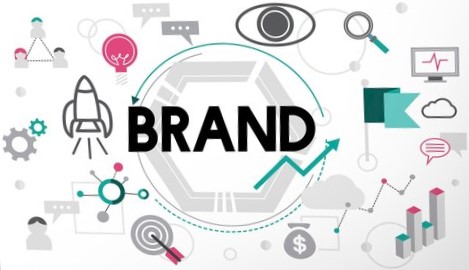When a consumer walks down a store aisle or browses an online marketplace, dozens—sometimes hundreds—of products vie for their attention. Amidst this overwhelming choice, packaging design plays a crucial role in influencing consumer behavior. It’s not just about aesthetics; it’s about psychology, perception, and communication. Understanding the ways in which packaging affects consumer behavior can help brands create more effective designs that capture attention, convey value, and drive sales.

First Impressions Matter: The Power of Visual Appeal
The human brain processes visuals 60,000 times faster than text. This makes packaging design one of the most immediate tools to grab a consumer’s attention. Eye-catching colors, bold typography, and unique shapes can create a strong first impression, which often determines whether a product is picked up or overlooked.
Visual appeal can evoke certain emotions or moods. For example, green tones might suggest eco-friendliness or health, while bright colors like red or yellow may evoke excitement or urgency. This emotional reaction can significantly impact a consumer’s decision to buy.
Brand Identity and Recognition: Building Trust Through Consistency
Packaging is an extension of a brand’s identity. It helps consumers recognize a product and recall a brand’s values. Consistent use of logos, fonts, colors, and other visual elements across packaging helps build brand recognition and trust. When consumers are familiar with a brand’s packaging, they are more likely to feel a sense of comfort and reliability, which increases their likelihood of purchasing.
Moreover, consistent packaging creates a sense of reliability and professionalism, encouraging repeat purchases and fostering brand loyalty over time.
Communicating Value and Purpose: The Role of Information and Design Elements
Packaging is not only about the visual appeal but also about communication. The information displayed on the package—such as product benefits, ingredients, usage instructions, and unique selling points—can significantly influence consumer decisions. Clear, concise, and persuasive messaging can help a product stand out by communicating its value quickly.
Design elements like icons, symbols, and typography can also convey the product’s purpose. For example, minimalistic packaging may suggest luxury and exclusivity, while a more elaborate design may target a younger, more playful audience.
The Psychology of Packaging: Shapes, Textures, and Perception
Packaging shapes and textures have a profound impact on consumer perception. For instance, studies show that consumers perceive heavier packaging as more premium or of higher quality. Similarly, unconventional shapes can intrigue consumers, making them more likely to pick up the product.
Textural elements, like matte finishes or embossed logos, provide a tactile experience that can set a product apart. The sense of touch engages customers in a multi-sensory interaction, making the experience of the product more memorable.
Convenience and Functionality: Ease of Use Influences Purchase Decisions
Consumers are more likely to choose products with packaging that is easy to open, reseal, and store. Functionality—such as ergonomic design or innovative closures—can provide a sense of convenience that enhances the user experience. Packaging that provides added value, such as reusable containers or eco-friendly materials, also appeals to consumers who prioritize sustainability and practicality.
Sustainability Concerns: Meeting the Demand for Eco-Friendly Packaging
Sustainability is increasingly becoming a deciding factor for consumers. Packaging made from eco-friendly materials, with minimal waste and a focus on recyclability, resonates strongly with modern consumers who are conscious of their environmental impact. Highlighting sustainability practices on packaging can attract eco-conscious consumers and set a brand apart from less environmentally responsible competitors.
Packaging and Purchase Intent: Creating Desire and Urgency
Effective packaging design not only grabs attention but also creates a sense of desire and urgency. Limited edition packaging, bold “buy one, get one free” statements, or visually prominent discount labels can drive immediate action. Additionally, designs that communicate exclusivity or limited availability can invoke the fear of missing out (FOMO), nudging consumers toward making a quick purchase.
Cultural Sensitivity: Adapting to Local Preferences
Packaging should resonate with the cultural values and preferences of its target market. Colors, symbols, and text should be carefully selected to ensure they appeal to the local audience. For instance, while white may represent purity in some cultures, it may symbolize mourning in others. Understanding these nuances can help brands create packaging that is more appealing and less likely to offend or alienate.
Conclusion: Designing for the Consumer Mindset
In conclusion, packaging design is far more than an afterthought; it is a critical component of a product’s success. From catching the eye to communicating value, evoking emotions, and fostering loyalty, well-designed packaging can greatly influence consumer behavior. Brands that understand and strategically use packaging design elements can bridge the gap between their products and their target audience, driving sales and building long-term customer relationships.




